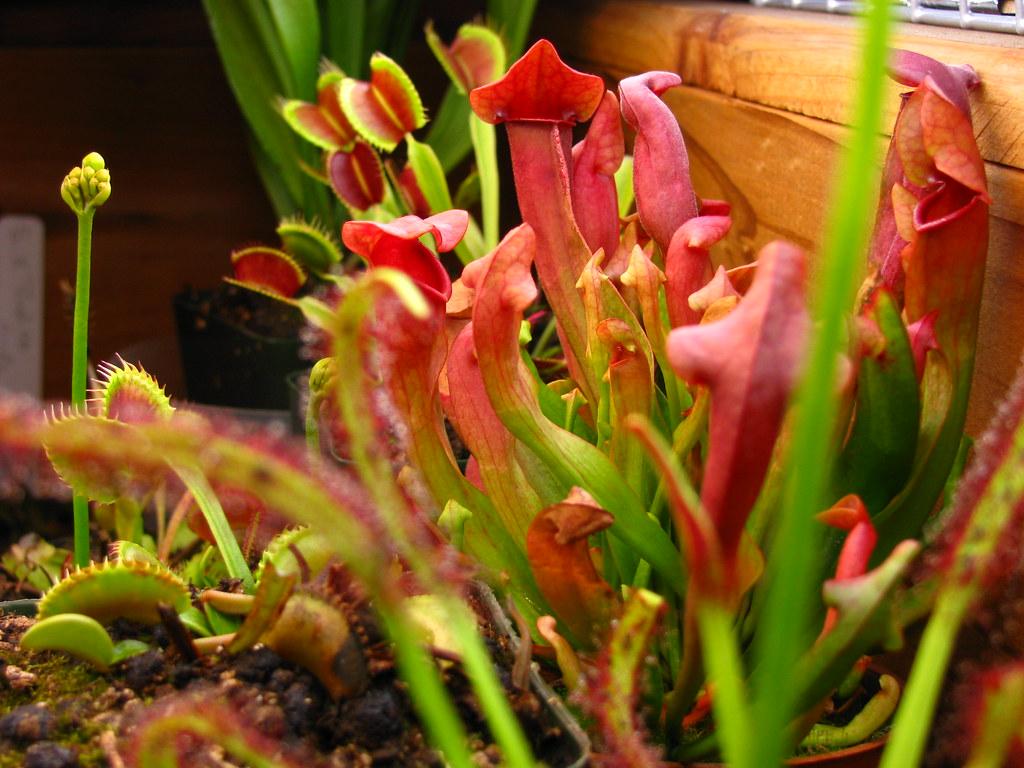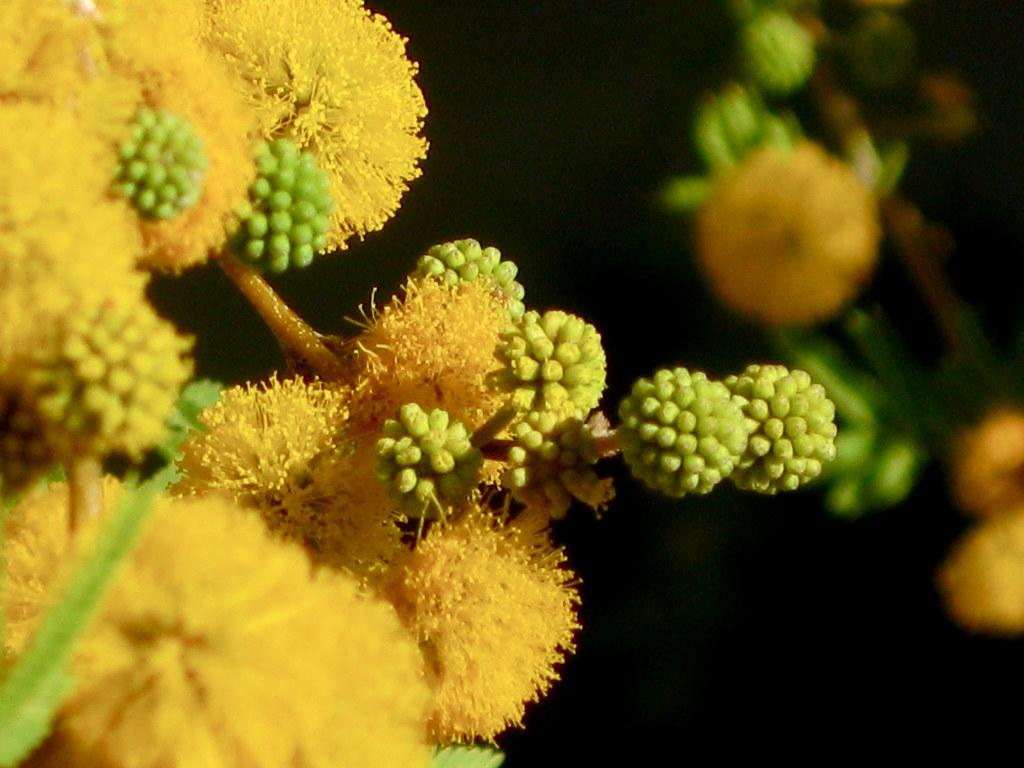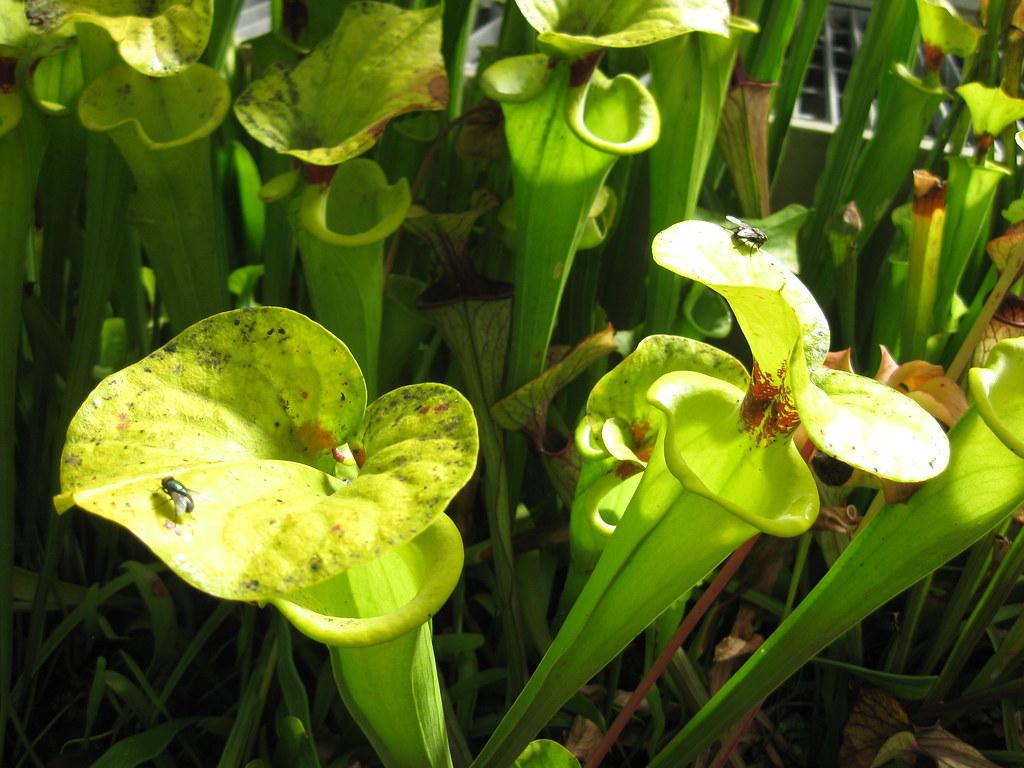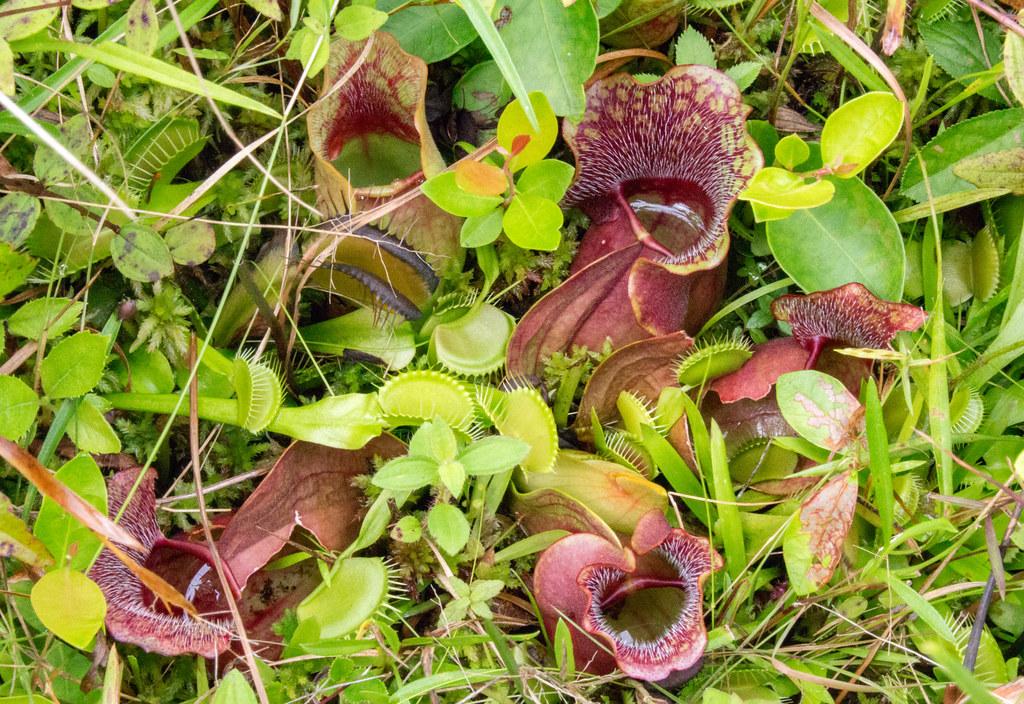Step into the fascinating world of carnivorous plants, where nature’s most mysterious predators lurk in the shadows of swamps, bogs, and tropical forests. In this article, we will delve into the unique realm of insect-eating flora, uncovering the secrets of their cultivation and care. From exotic Venus flytraps to elegant pitcher plants, join us on a journey of discovery as we explore the captivating world of carnivorous plants and learn how to successfully nurture these fascinating specimens in your own home.
Types of Carnivorous Plants: Understanding the Different Varieties
Carnivorous plants are fascinating specimens that have evolved to capture and digest insects and other small creatures as a source of nutrients. There are various types of carnivorous plants, each with unique characteristics and growing requirements. Understanding the different varieties can help you choose the right type for your home or garden.
Types of Carnivorous Plants:
- Venus Flytrap
- Pitcher Plant
- Sundew
- Trumpet Pitcher
- Bladderwort
Each type of carnivorous plant has its own method of capturing prey and requires specific care to thrive.

Optimal Growing Conditions: Sunlight, Soil, and Water Requirements
When it comes to cultivating carnivorous plants, providing the optimal growing conditions is key to their success. These unique and fascinating plants have specific sunlight, soil, and water requirements that must be met in order for them to thrive.
Most carnivorous plants require full sun to grow healthily. Placing them in a location where they can receive at least 6-8 hours of direct sunlight each day is essential. When it comes to soil, a mixture of peat moss, perlite, and sand is typically recommended for most carnivorous plants. This provides the proper drainage and acidity levels that these plants need to absorb nutrients. In terms of watering, carnivorous plants generally prefer to be kept consistently moist but not waterlogged. Using distilled water or rainwater is best to prevent any harmful mineral buildup in the soil.

Feeding Carnivorous Plants: Best Practices and Suitable Prey
When it comes to feeding carnivorous plants, it’s important to follow best practices to ensure their health and longevity. One of the key guidelines is to offer only live prey that is small enough to fit into the traps of the plant. Common suitable prey options include insects like flies, ants, and spiders. Avoid feeding your carnivorous plant larger prey that could potentially harm the plant or clog its trapping mechanisms.
It’s also important to mimic the natural habitat of the carnivorous plant when selecting suitable prey. Research the type of prey that the specific plant species typically consumes in the wild and try to replicate those insects in your feeding routine. Additionally, be mindful of the frequency of feeding, as overfeeding can stress the plant and lead to nutrient deficiencies. Stick to a consistent feeding schedule and observe the plant’s response to determine the ideal feeding frequency for your carnivorous plant.

Maintenance and Pest Control: Keeping Your Carnivorous Plants Healthy
When it comes to maintaining and ensuring the health of your carnivorous plants, proper care and pest control are essential. One of the key factors in keeping your plants thriving is to regularly monitor their environment and make adjustments as needed. This includes providing the right amount of sunlight, water, and humidity, as well as ensuring that their soil is well-draining and nutrient-poor.
In addition to regular care, it is important to stay vigilant against pests that may harm your carnivorous plants. Common pests that can be a threat to these unique plants include aphids, mealybugs, and spider mites. To combat these pests, consider using natural remedies such as releasing beneficial insects like ladybugs or using neem oil. It is also important to regularly inspect your plants for any signs of pest infestations and take action promptly to prevent them from spreading. By following these maintenance and pest control tips, you can help your carnivorous plants thrive and continue to delight you with their unusual beauty.
To Conclude
As you navigate through the fascinating world of carnivorous plants, remember that these unique specimens require a bit of extra attention and care to thrive in your garden. From choosing the right species to providing them with the proper growing conditions, cultivating these remarkable plants can be a rewarding experience for any plant enthusiast. With patience, dedication, and a bit of knowledge, you can create a stunning carnivorous plant collection that will captivate and inspire all who encounter it. So dive into this whimsical world, experiment, and watch as these captivating plants flourish under your care. Happy planting!




